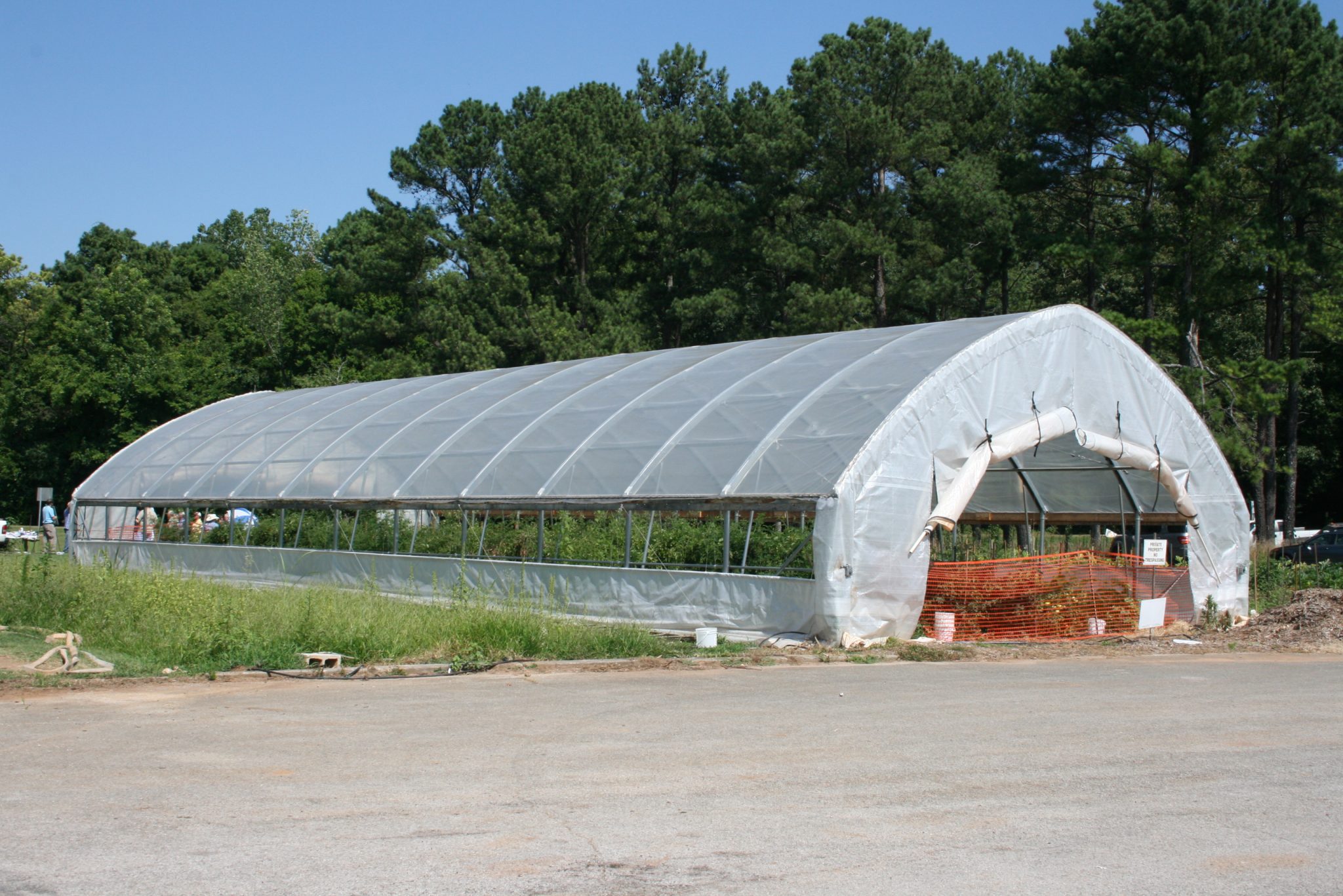Integrated Pest Management (IPM)

This article provides basic information about the USDA National Organic Program (NOP) standards as they apply to integrated pest management on organic crops. NOP standards reflect specific requirements that must be verified by a USDA-accredited certifying agent before products can be labeled USDA certified organic. The guidelines specified in this publication will be helpful to transitioning producers seeking organic certification and to those wanting to develop an integrated pest management (IPM) action plan.
The following are the basic steps for an IPM plan.
Level 1: Systems-Based Practices
Systems-based practices constitute the bulk of preventive tactics for organic pest management. Following are some IPM tactics and examples of systems-based practices.
Cultural applications include the general crop production recommendations generally found on the seed packet. A healthy plant stand is the first step to preventing yield loss. Sanitation aims to prevent pest buildup in soil and around the farm. Simply destroying crop debris after production is over can drastically reduce insect carry-over between seasons. Weed control is also important to prevent pest buildup.
Crop rotation is a fundamental farming practice that applies to all producers and gardeners. Monocropping in large acres or multiple cropping in the same area can lead to buildup of soil insect pests, weeds, and diseases. Crop rotation prevents pest buildup by starving insect pests and disrupting their life cycles.
Trap crops involve the use of specific crops to deter feeding on the main crop. A trap crop consists of a very attractive host plant that is able to retain insect pests. There is not a universal trap crop for all insect pests, so this is not a silver-bullet solution. Insect pests must be controlled in the trap crop; otherwise, it can become a nursery crop. The Alabama Vegetable IPM website offers a training module of trap-crop videos and publications. Two excellent introductory publications are: Trap Crops for Managing Insect Pests and Trap Cropping in Vegetable Production (see information section for details). The Alabama Vegetable IPM program can also provide producers with a small amount of trap-crop seed (NK-300 sorghum and Peredovik sunflower). Contact the lead author, Ayanava Majumdar, at azm0024@auburn.edu for seed availability.
Level 2: Mechanical and Physical Practices
Mechanical and physical practices involve the use of various tactics that minimize contact between host plants and insects, resulting in reduced damage to crops. These practices may involve the use of mechanical barriers, traps, repellents, and manual pest-management tactics.
Mechanical barriers create a barrier between the host plants and insects in order to delay infestation and minimize feeding. The practice is based on the principle of insect pest exclusion. A net house is a special structure designed to exclude insect pests. It is suitable for high-value crop production. High tunnels can be retrofitted with screens on the sides to prevent entry of insect pests. Many training videos about pest exclusion materials and designs are available on the Alabama Vegetable IPM website.
Lures and traps employ the use of insect sex pheromones in very low amounts to elicit a response in target insects. Insect pheromones, which are synthetic chemicals, are commonly used for monitoring insect populations in an area. They generally attract males to the devices. Since pheromones are species-specific, they are a very useful scouting tool.
In Alabama, insect pheromones placed on sticky wing traps have helped many small producers develop information about pest identification and pest pressures, which allows them to adopt improved IPM practices. Pheromone Traps for Monitoring Insect Pests (Extension publication ANR-1431) provides detailed descriptions of insect pheromone traps.
Repellents work by masking the odor of desirable crops, thus confusing insects. There is some evidence regarding the use of companion plants to deter insect pests. Herbs such as basil have been suggested as good companion plants. Some botanical extracts from odorous plants, such as cinnamon and garlic, are available as insecticides.
Handpicking involves removing insect egg masses and caterpillars from plant foliage by hand and drowning them to reduce insect infestation (for example, army worms and Colorado potato beetles).
Level 3: Biorational and Other Materials
Integrated pest management is a decision-making system that allows for the use of a variety of pest-control tactics to keep insect pests below the economic threshold. IPM is not aimed at the total elimination of insect pests but at reduction below a certain number that will not cause economic losses. In the current market, however, the mere presence of insects on fruits and vegetables can make produce unmarketable due to strong consumer preference for unblemished products. This often creates pressure on farmers to use prevention tactics or insecticides if pest populations are detected.
Biorational insecticides are products that are environmentally friendly and do minimum or no harm to non-target insect species. Most organic approved insecticides have good efficacy against insect pests. They have poor residual action, however, as sunlight and rain destroys them easily. Producers and gardeners should refer to Insecticides for Organic Commercial and Backyard Vegetable Production (Extension publication ANR-1428) to understand the major categories of approved insecticides and their modes of action. The Alabama Vegetable Gardener (Extension publication ANR-0479) is another publication that lists some major insect pests and control recommendations for gardeners and beginning farmers.
Resources
- For updated crop production and IPM information, download the Farming Basics mobile app. This app contains links to information on major specialty crops, social media accounts, videos, and contact information for regional Extension agents.
- Refer to the Southeast U.S. Vegetable Crop Handbook and Home Garden Vegetable: Insect Control IPM Guide for detailed IPM recommendations.
- Use the Organic Vegetable IPM Toolkit and the Urban Farm IPM Toolkit for planning a multilevel IPM approach against major insect pests.

